#Science In Stem
Explore tagged Tumblr posts
Text
Scientists at UC Riverside have demonstrated a new, RNA-based vaccine strategy that is effective against any strain of a virus and can be used safely even by babies or the immunocompromised. Every year, researchers try to predict the four influenza strains that are most likely to be prevalent during the upcoming flu season. And every year, people line up to get their updated vaccine, hoping the researchers formulated the shot correctly. The same is true of COVID vaccines, which have been reformulated to target sub-variants of the most prevalent strains circulating in the U.S. This new strategy would eliminate the need to create all these different shots, because it targets a part of the viral genome that is common to all strains of a virus. The vaccine, how it works, and a demonstration of its efficacy in mice is described in a paper published today in the Proceedings of the National Academy of Sciences. “What I want to emphasize about this vaccine strategy is that it is broad,” said UCR virologist and paper author Rong Hai. “It is broadly applicable to any number of viruses, broadly effective against any variant of a virus, and safe for a broad spectrum of people. This could be the universal vaccine that we have been looking for.”
Continue Reading.
22K notes
·
View notes
Text
Here's the link to the video
👏 SAY 👏 IT 👏 LOUDER 👏
#history#science#scienceblr#stem#stemblr#mathematics#mathblr#ancient persia#ancient india#ancient egypt#babylon#pythagorean theorem#snell's law#quadratic formula#fibonacci's sequence#pascal's triangle
10K notes
·
View notes
Text
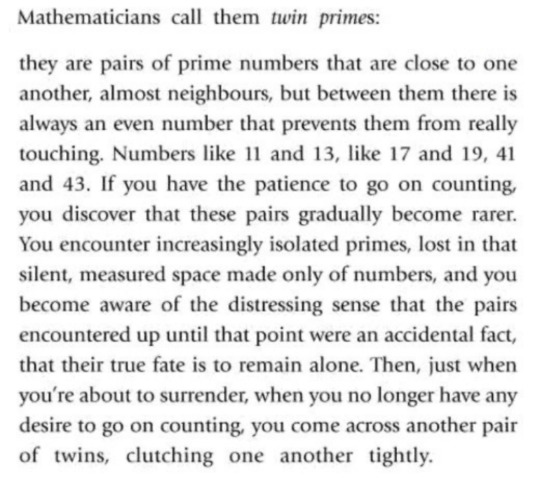

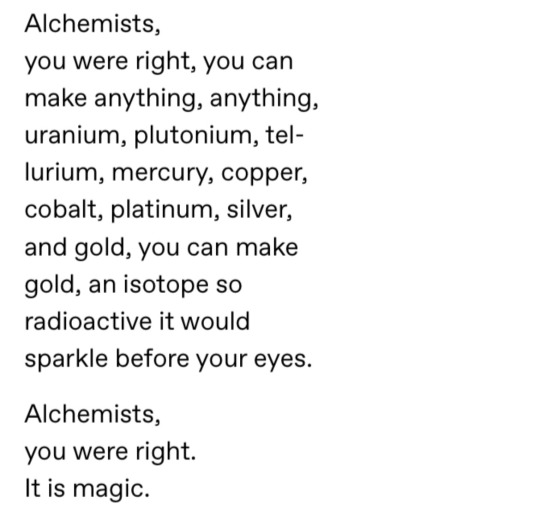



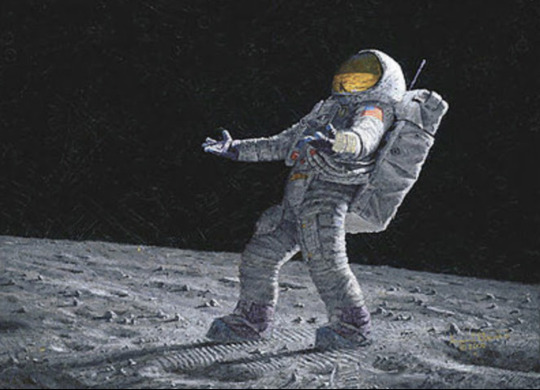
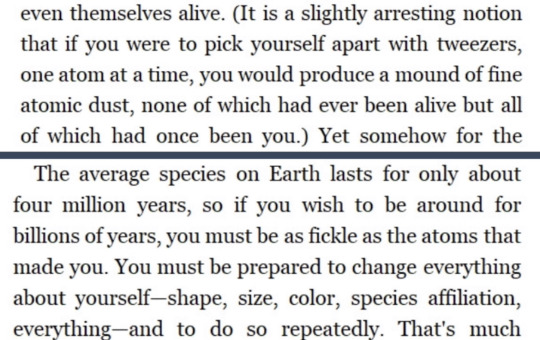
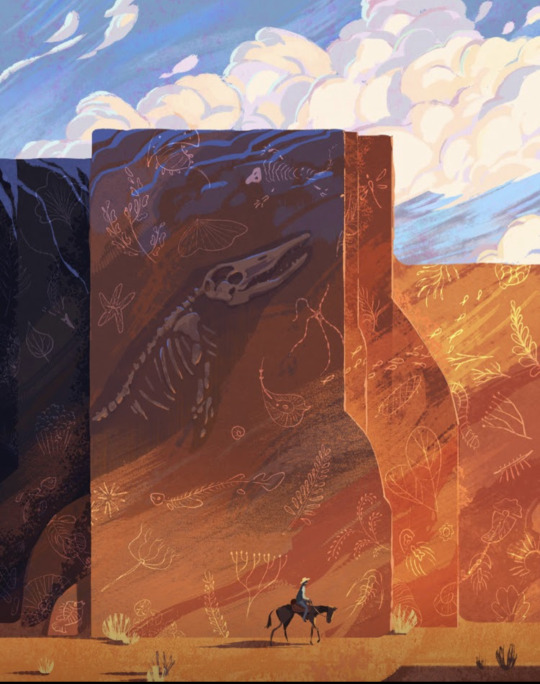
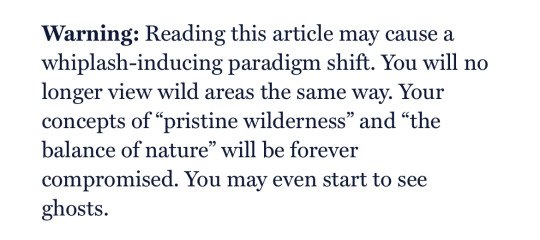
What is the difference between a cathedral and a physics lab? Are they not both saying: Hello?
Paolo Giordano, “The Solitude of Prime Numbers” / Antonio Tonelli / Laura Giplin, “A Toast to the Alchemists” / Dennis Overbye, “Music of the Heavens Turns Out to Sound a Lot Like a B Flat” / Carina Nebula / Marie Howe, “Singularity” / Alan Bean, “Is Anyone Out There?” / Bill Bryson, “A Short History of Nearly Everything” / Garrett Lee, “Canyon” / Whit Bronaugh, “The Trees That Miss The Mammoths”
#this is one of my favourite things in the world#mine#compilations#parallels#web weaving#web weave#words#poetry#comparatives#stem#science#scienceblr#space#on nature
22K notes
·
View notes
Text
What can we learn from a dinosaur feather preserved in amber? Let’s go behind the scenes of the Museum’s collection of amber fossils to find out!
#science#amnh#museum#fossil#natural history#nature#animals#dinosaur#fact of the day#paleontology#did you know#natural history museum#museum of natural history#amber#cool animals#evolution#stem#insects#entomology#museum collections#ancient animals#prehistoric animals#dinosaurs
5K notes
·
View notes
Text
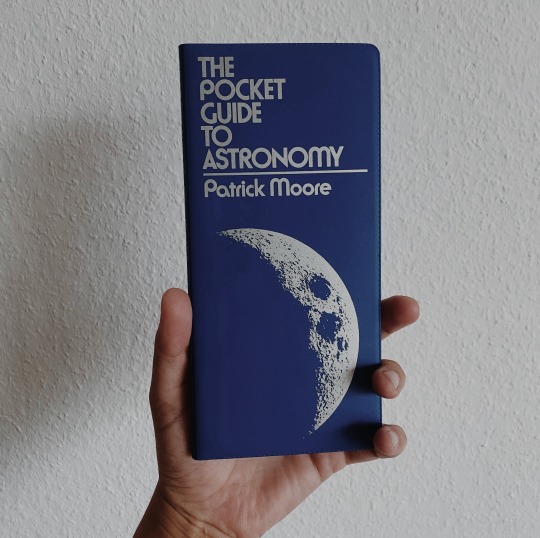
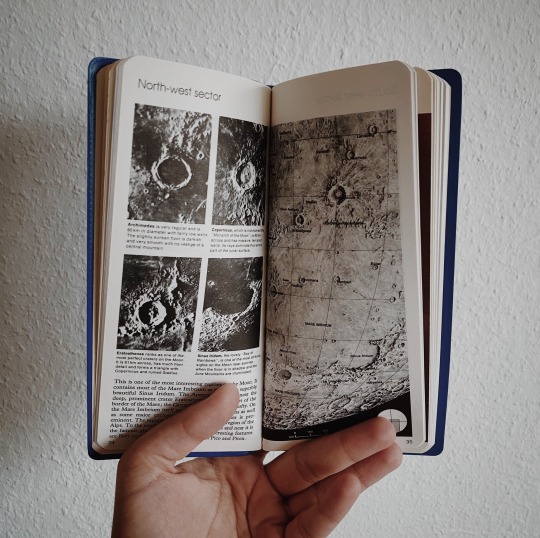
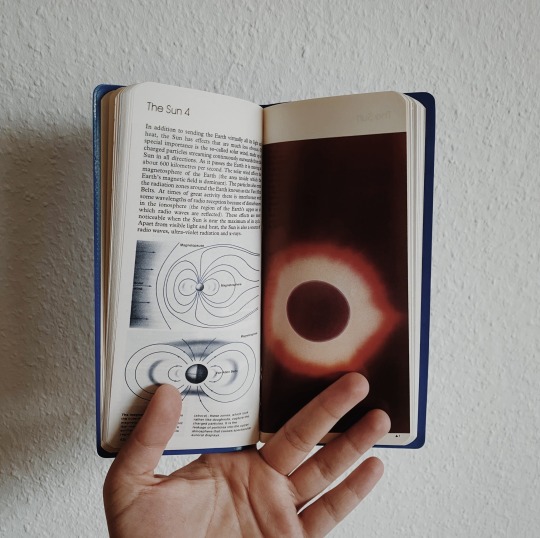


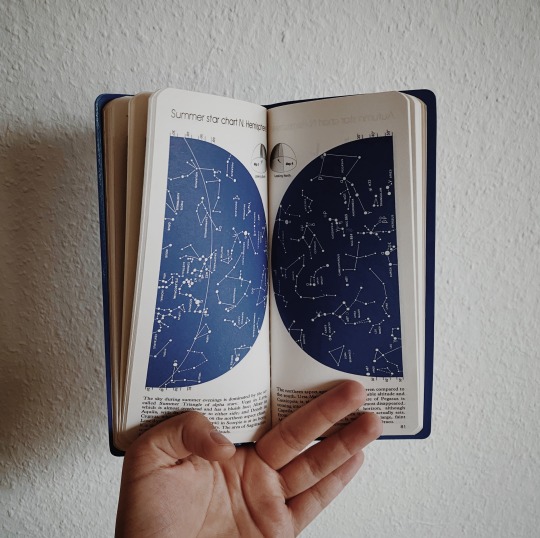
bought this gem secondhand and can’t get over how stunning it is 🪐 reblog is okay, don’t repost/use
#my photos#space science#study space#space#outer space#astronomy#science#stem#stemblr#astrophysics#books#book cover#bookworm#booklover#bookaddict#bookaholic#book aesthetic#bookblr#book blog#studyblr#academia#stem academia#stem aesthetic#light academia#light academia aesthetic
7K notes
·
View notes
Text
New crow ability dropped
3K notes
·
View notes
Text
#i have full exam season next week and coming up with the names gave me some extra fun#personally i’m more of a#chemistry#person myself#(though my recent grades are working hard to prove me wrong)#anyways#how does one tag again?#poll#!!#science#stem#science side of tumblr#never mind#nadirants
9K notes
·
View notes
Text
It's fun watching sociologists try to refute the Fermi paradox because 90% of the time it's like "the idea of Fermi paradox says more about the institutional psychology of the STEM community than it does about the nature of universe because it reveals their unexamined assumptions about the nature of extraterrestrial life, and here's why", then proceeds to unwittingly put the commentor's own unexamined assumptions about the nature of extraterrestrial life on full blast.
2K notes
·
View notes
Text

Observations from both NASA’s James Webb and Hubble space telescopes created this colorful image of galaxy cluster MACS0416. The colors of different galaxies indicate distances, with bluer galaxies being closer and redder galaxies being more distant or dusty. Some galaxies appear as streaks due to gravitational lensing — a warping effect caused by large masses gravitationally bending the space that light travels through.
Like Taylor Swift, Our Universe Has Gone Through Many Different Eras
While Taylor's Eras Tour explores decades of music, our universe’s eras set the stage for life to exist today. By unraveling cosmic history, scientists can investigate how it happened, from the universe’s origin and evolution to its possible fate.
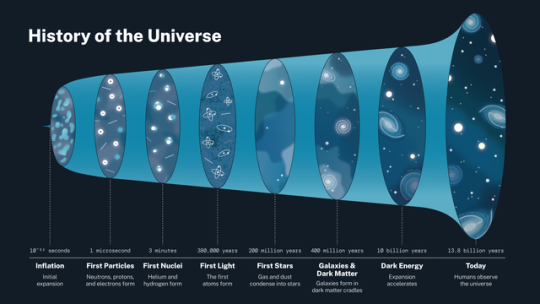
This infographic outlines the history of the universe.
0 SECONDS | In the beginning, the universe debuted extremely small, hot, and dense
Scientists aren’t sure what exactly existed at the very beginning of the universe, but they think there wasn’t any normal matter or physics. Things probably didn’t behave like we expect them to today.

Artist's interpretation of the beginning of the universe, with representations of the early cosmos and its expansion.
10^-32 SECONDS | The universe rapidly, fearless-ly inflated
When the universe debuted, it almost immediately became unstable. Space expanded faster than the speed of light during a very brief period known as inflation. Scientists are still exploring what drove this exponential expansion.
youtube
1 MICROSECOND | Inflation’s end started the story of us: we wouldn’t be here if inflation continued
When inflation ended, the universe continued to expand, but much slower. All the energy that previously drove the rapid expansion went into light and matter — normal stuff! Small subatomic particles — protons, neutrons, and electrons — now floated around, though the universe was too hot for them to combine and form atoms.
The particles gravitated together, especially in clumpy spots. The push and pull between gravity and the particles’ inability to stick together created oscillations, or sound waves.

Artist's interpretation of protons and neutrons colliding to form ionized deuterium — a hydrogen isotope with one proton and one neutron — and ionized helium — two protons and two neutrons.
THREE MINUTES | Protons and neutrons combined all too well
After about three minutes, the universe had expanded and cooled enough for protons and neutrons to stick together. This created the very first elements: hydrogen, helium, and very small amounts of lithium and beryllium.
But it was still too hot for electrons to combine with the protons and neutrons. These free electrons floated around in a hot foggy soup that scattered light and made the universe appear dark.
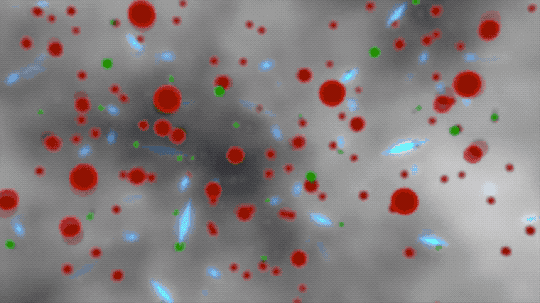
This animated artist’s concept begins by showing ionized atoms (red blobs), free electrons (green blobs), and photons of light (blue flashes). The ionized atoms scattered light until neutral atoms (shown as brown blobs) formed, clearing the way for light to travel farther through space.
380 THOUSAND YEARS | Neutral atoms formed and left a blank space for light
As the universe expanded and cooled further, electrons joined atoms and made them neutral. With the electron plasma out of the way, some light could travel much farther.

An image of the cosmic microwave background (CMB) across the entire sky, taken by ESA's (European Space Agency) Planck space telescope. The CMB is the oldest light we can observe in the universe. Frozen sound waves are visible as miniscule fluctuations in temperature, shown through blue (colder) and red (warmer) coloring.
As neutral atoms formed, the sound waves created by the push and pull between subatomic particles stopped. The waves froze, leaving ripples that were slightly denser than their surroundings. The excess matter attracted even more matter, both normal and “dark.” Dark matter has gravitational influence on its surroundings but is invisible and does not interact with light.

This animation illustrates the absorption of photons — light particles — by neutral hydrogen atoms.
ALSO 380 THOUSAND YEARS | The universe became dark — call it what you want, but scientists call this time period the Dark Ages
Other than the cosmic microwave background, there wasn't much light during this era since stars hadn’t formed yet. And what light there was usually didn't make it very far since neutral hydrogen atoms are really good at absorbing light. This kicked off an era known as the cosmic dark ages.
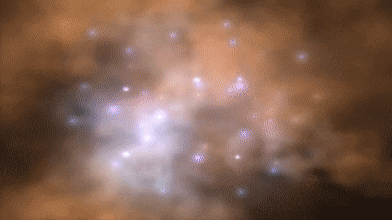
This animation illustrates the beginning of star formation as gas begins to clump due to gravity. These protostars heat up as material compresses inside them and throw off material at high speeds, creating shockwaves shown here as expanding rings of light.
200 MILLION YEARS | Stars created daylight (that was still blocked by hydrogen atoms)
Over time, denser areas pulled in more and more matter, in some places becoming so heavy it triggered a collapse. When the matter fell inward, it became hot enough for nuclear fusion to start, marking the birth of the first stars!

A simulation of dark matter forming structure due to gravity.
400 MILLION YEARS | Dark matter acted like an invisible string tying galaxies together
As the universe expanded, the frozen sound waves created earlier — which now included stars, gas, dust, and more elements produced by stars — stretched and continued attracting more mass. Pulling material together eventually formed the first galaxies, galaxy clusters, and wide-scale, web-like structure.
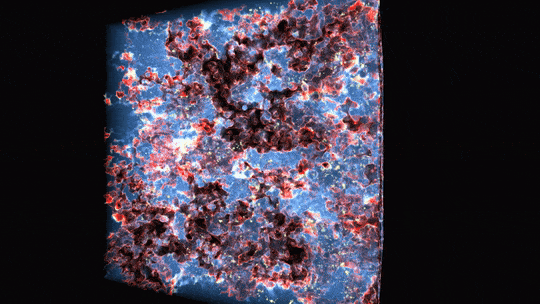
In this animation, ultraviolet light from stars ionizes hydrogen atoms by breaking off their electrons. Regions already ionized are blue and translucent, areas undergoing ionization are red and white, and regions of neutral gas are dark and opaque.
1 BILLION YEARS | Ultraviolet light from stars made the universe transparent for evermore
The first stars were massive and hot, meaning they burned their fuel supplies quickly and lived short lives. However, they gave off energetic ultraviolet light that helped break apart the neutral hydrogen around the stars and allowed light to travel farther.

Animation showing a graph of the universe’s expansion over time. While cosmic expansion slowed following the end of inflation, it began picking up the pace around 5 billion years ago. Scientists still aren't sure why.
SOMETIME AFTER 10 BILLION YEARS | Dark energy became dominant, accelerating cosmic expansion and creating a big question…?
By studying the universe’s expansion rate over time, scientists made the shocking discovery that it’s speeding up. They had thought eventually gravity should cause the matter to attract itself and slow down expansion. Some mysterious pressure, dubbed dark energy, seems to be accelerating cosmic expansion. About 10 billion years into the universe’s story, dark energy – whatever it may be – became dominant over matter.

An image of Earth rising in the Moon’s sky. Nicknamed “Earthrise,” Apollo 8 astronauts saw this sight during the first crewed mission to the Moon.
13.8 BILLION YEARS | The universe as we know it today: 359,785,714,285.7 fortnights from the beginning
We owe our universe today to each of its unique stages. However, scientists still have many questions about these eras.
Our upcoming Nancy Grace Roman Space Telescope will look back in time to explore cosmic mysteries like dark energy and dark matter – two poorly understood aspects of the universe that govern its evolution and ultimate fate.
Make sure to follow us on Tumblr for your regular dose of space!
#NASA#astronomy#telescope#Roman Space Telescope#space#science#Nancy Grace Roman#STEM#cosmology#YouTube#Taylor Swift#the eras tour
2K notes
·
View notes
Text











You guys wanna see a science Lego set? Well, here's Lego DNA!
With a scientifically accurate DNA model, and a historically accurate lab + 5 scientists!
Aims: to promote science to kids and honor Rosalind Franklin.
Less than 4,000 votes needed to get it considered as a real official Lego set to be sold worldwide!
If you like it, please support here and share with your friends: https://ideas.lego.com/projects/c92cd95b-49e7-46ec-b844-ac6482c51139
#chemistry#science#biology#design#diy#education#nature#environmental science#molecular biology#stem#women in stem#research#laboratory#women scientists#school#university#college#students#learning#lego art#lego photography#afol#lego sets#lego ideas#lego builds#lego moc#rosalind franklin#james watson#francis crick#university student
2K notes
·
View notes
Text

whenever i can't picture dinosaurs existing i just humble myself by looking at birds alive today. what the actual fuck is that thing
#just look into the eyes of flamingos and you can see the dinosaur#biology#science#stem#sciblr#paleontology#zoology#fossils#prehistoric#dinosaurs#earth science#geoscience#dinosaur#paleoblr#cretaceous#sauropod#geology#prehistoric animals#birds#birdblr
5K notes
·
View notes
Text
Playing through the greenery and litter of a mini forest's undergrowth for just one month may be enough to change a child's immune system, according to an experiment in Finland. When daycare workers rolled out a lawn, planted forest undergrowth (such as dwarf heather and blueberries), and allowed children to care for crops in planter boxes, the diversity of microbes in the guts and on the skin of the young kids appeared healthier in a very short space of time. Compared to other city kids who play in standard urban daycares with yards of pavement, tile, and gravel, 3-, 4-, and 5-year-olds at these greened-up daycare centers in Finland showed increased T-cells and other important immune markers in their blood within 28 days.
Continue Reading.
7K notes
·
View notes
Text

#stem#stemblr#science#science side of tumblr#geology#biology#chemistry#ecology#materials science#lab#laboratory#space#chem
2K notes
·
View notes
Text

I look at this one uh from time to time -
#light academia#academic validation#journal#study blog#studyblr#dark academia#academic weapon#studyspo#study motivation#student#science#chemistry#physics#biology#neetcore#neetpreparation#neetexam#neet2024#stem#stemblr#women in stem#dailyprompt#aesthetic#chaotic academia
2K notes
·
View notes
Text
🗣️ College students: Do you want to inspire curiosity in a captivating environment where science, community, and communication intertwine? Become a Museum intern! Applications for the Museum Education Experience Program (MEEP) are open through August 23. Apply today!
#science#amnh#museum#nature#natural history#animals#fact of the day#did you know#college#internship#interns#new york city#nyc life#science communication#stem#college student#education#students
2K notes
·
View notes
Text
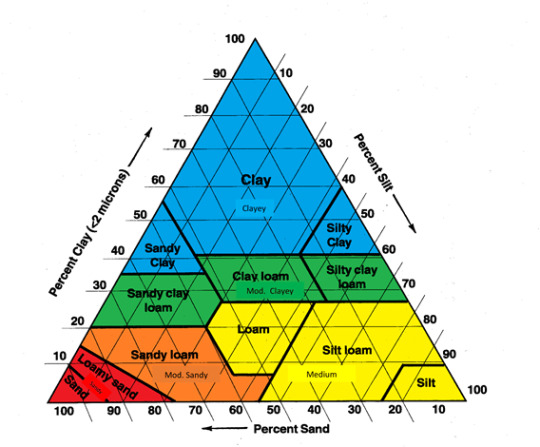
vote for one and when this poll closes we will see what we make!
2K notes
·
View notes